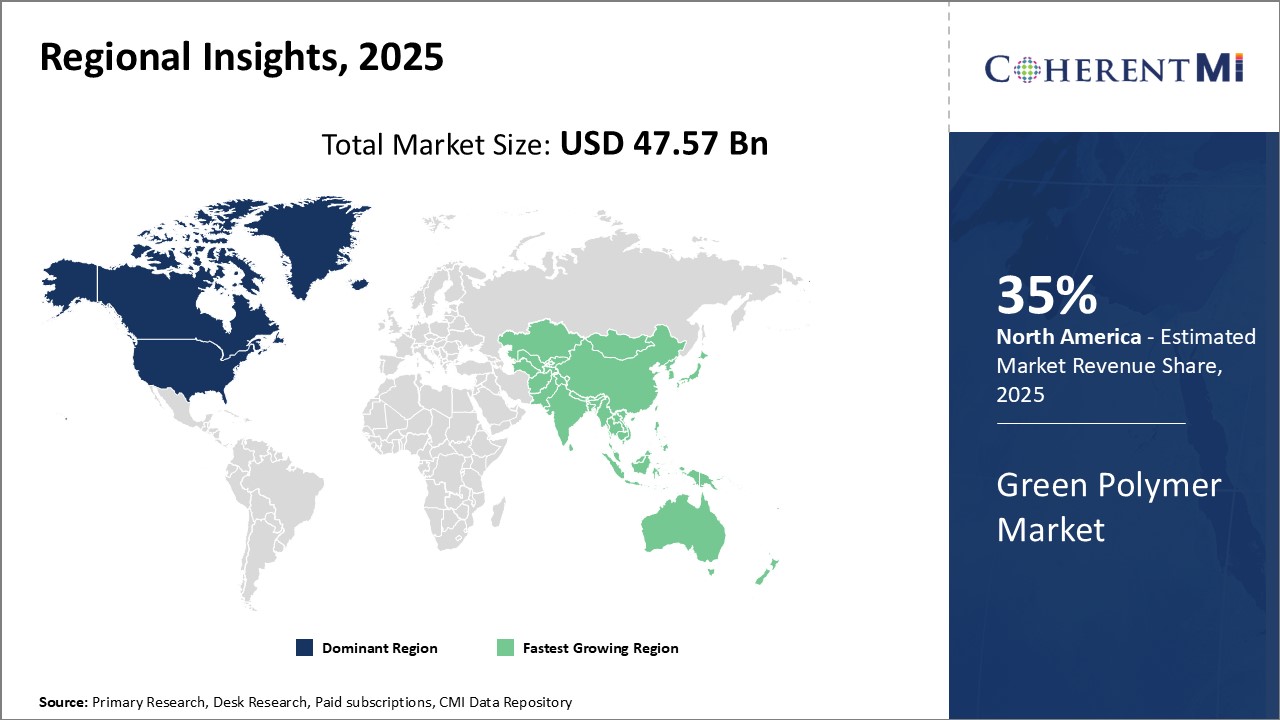Green Polymer Market Trends
- Growing adoption of biodegradable plastics: Biodegradable plastics such as PLA, PHA, PBS, and starch blends are experiencing robust adoption across key industries like packaging, agriculture, textiles, etc. due to their ability to fully decompose into natural substances in landfills, soil, or marine environments. With single-use plastic bans imposed in 60+ countries, biodegradable plastics present a sustainable option as they can be industrially composted after use. Key players are ramping up production capacities to meet the surging demand. For instance, Total Corbion (global leader in the marketing, sales, and production of Poly Lactic Acid (PLA)) announced plans to expand global PLA capacity by 25% in 2025.
- Rising demand for eco-friendly textiles: Bioplastics like PLA and bio-based polyester offer a green alternative to polyester in textile manufacturing. Leading textile companies are adopting bioplastics to produce eco-friendly fabrics to appeal to sustainably-conscious consumers. For example, around 60% of H&M’s fabrics are now made from recycled or biosourced content like recycled PET and lyocell. Several fashion brands like Levis, Diesel, and Foot Locker have also launched apparel and footwear made using recycled plastics or bioplastics.
- Increasing use of bioplastics in 3D printing: PLA is extensively used as a feedstock for 3D printing filaments as it produces rigid printed objects while being biodegradable and non-toxic. With the growing adoption of additive manufacturing across industries, the use of bioplastics like PLA and flexible TPU filament is rising rapidly. Bioplastics allow 3D printing of sustainable prototypes and production parts for applications ranging from construction to medical devices. Advancements in materials are also expanding 3D printing capabilities to flexible and multi-material components.
- Focus on enhancing properties and performance: While the popularity of bioplastics is increasing exponentially, some limitations in properties like heat resistance, strength, and barrier have hampered their adoption for certain applications. As a result, there is extensive research focused on incorporating nanomaterials or developing additives/plasticizers to improve bioplastics’ mechanical properties, thermal stability, moisture resistance, and process ability. For instance, researchers at IIT Guwahati developed nanoparticle-reinforced PLA with superior mechanical performance.
Green Polymer Market Regional Insights:

- North America is the largest regional market for green polymers, accounting for over 35% of the global market in 2025. The high demand for green polymers in this region is attributed to the increasing awareness about environmental sustainability and the growing adoption of green technologies.
- Europe is the second-largest regional market for green polymers, accounting for over 25% of the global market in 2025. The high demand for green polymers in this region is attributed to the stringent environmental regulations imposed by the European Union.
- Asia Pacific is the fastest-growing regional market for green polymers, with a CAGR of over 15% during the forecast period. The high growth of the market in this region is attributed to the increasing production and sales of electric vehicles and the growing demand for sustainable packaging materials.